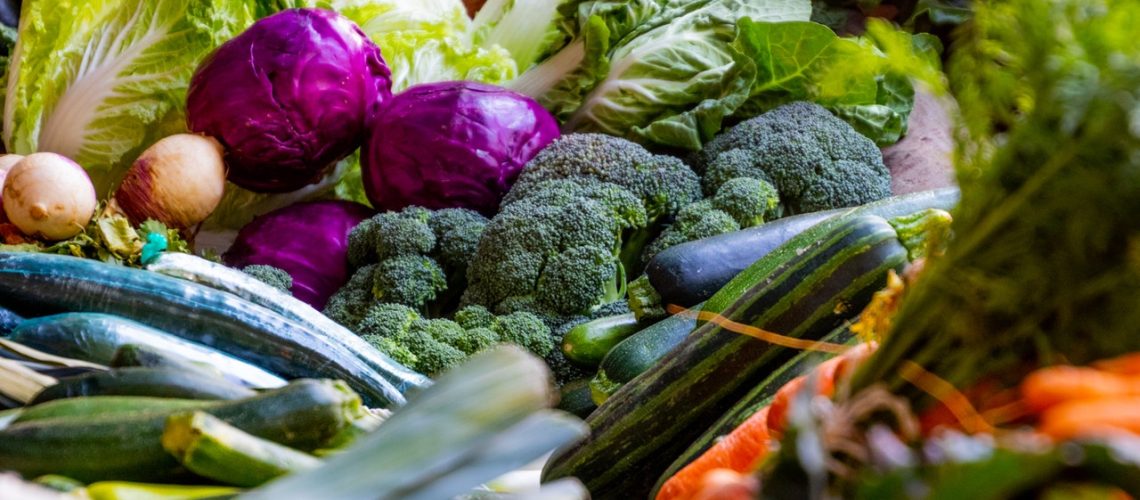
THE PURPLE REVOLUTION!
The colour purple has often been associated with royalty and high esteem. Purple and coloured veggies are up there in the wealthy upper crust of the “social ladder”, so to speak.
Purple veggies have been around for a long time. Some vegetables are naturally purple, like eggplant. Some are bred to be colourful, like purple cauliflower, for example. For years, humans have been tweaking the genetics of foods — naturally! The process is called selective breeding. Unlike genetically modifying foods, it’s a slower process. Crops are grown safely to obtain the desired traits over time.
The deep purple colour of fruits and veggies is usually a sign of a rich dose of antioxidants called anthocyanins which gives plants (including flowers) their vivid violet colours.
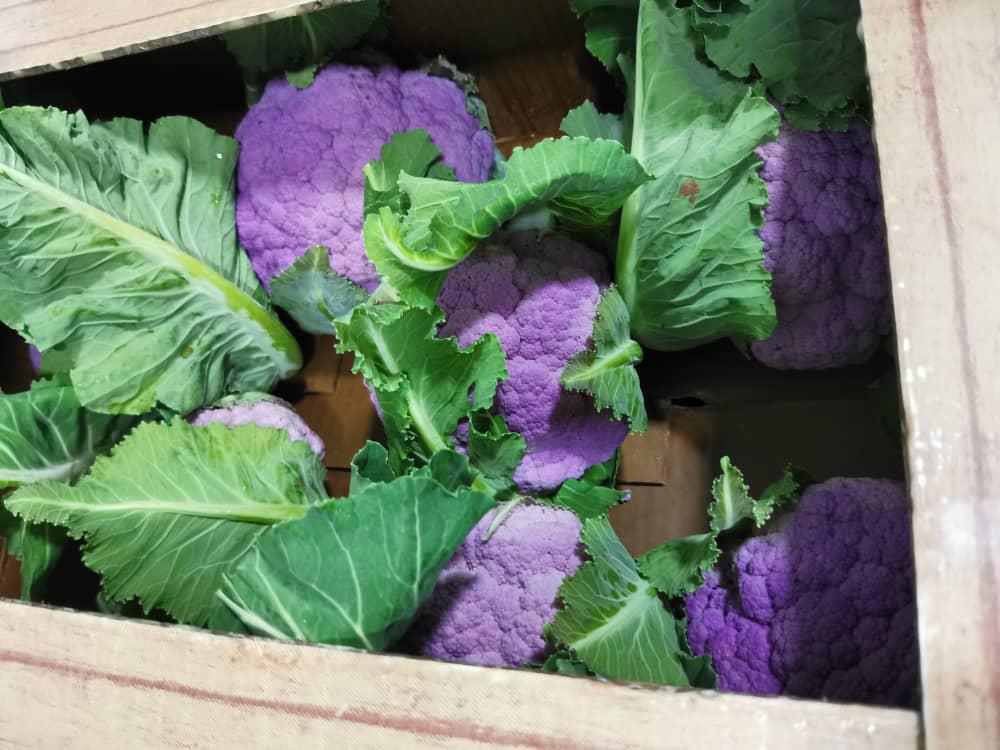
Anthocyanins protect purple vegetables from sunlight damage, cold temperatures, and other stressors. And they attract pollinators, like bees and butterflies. They also can help protect and heal human cells from damage and protect us from many lifestyle diseases.
Overall, coloured fruits and vegetables are advantageous in terms of nutritional and antioxidant value compared to their “normal” variety cousins. Here are some examples :-
– Purple potatoes have four times as many antioxidants as Russet potatoes
– Compared to orange carrots, purple carrots have two times the amount of alpha and beta-carotene for the improvement
of immunity and eye health
– Red cabbage contains 36 different types of antioxidants and has been shown to have six to eight times more vitamin C
than green cabbage.
With that in mind, let’s see what the benefits of eating purple are :-
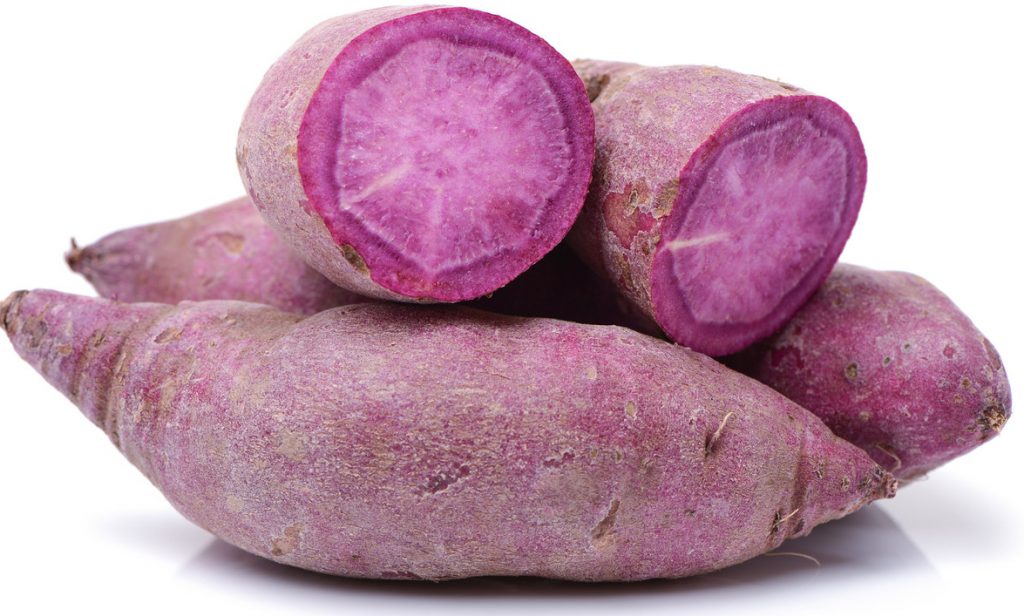
1. Purple foods can kill cancer
The resveratrol found in purple grapes, cranberries, blueberries, bilberries, and, of course, red wine and grape juice can inhibit the spread of colorectal cancer in animal studies. Other promising studies also show that resveratrol can induce cancer cell death in cases of prostate, breast, skin, liver, lung and blood cancers.
2. Purple foods are ulcer-fighters
A 2011 study found that anthocyanins from blackberries reduced stomach ulcer formation in rats. Researchers believe this is because the antioxidants in blackberries prevent oxidation and boost the activity of other important antioxidants, such as glutathione, that are naturally present in the body.
3. Purple foods are good for your liver
Black rice, which has more anthocyanins per gram than blueberries, is a delicious antioxidant grain that has been found to reduce damage to the liver incurred by excessive alcohol intake.
4. Purple foods are good for the heart
Blackcurrants can lower “bad” LDL cholesterol by up to 13 percent while raising “good” HDL cholesterol. Blackcurrants and bilberries have more anthocyanins than blueberries. Wild raw berries have higher antioxidant content than fresh raw berries or frozen varieties.
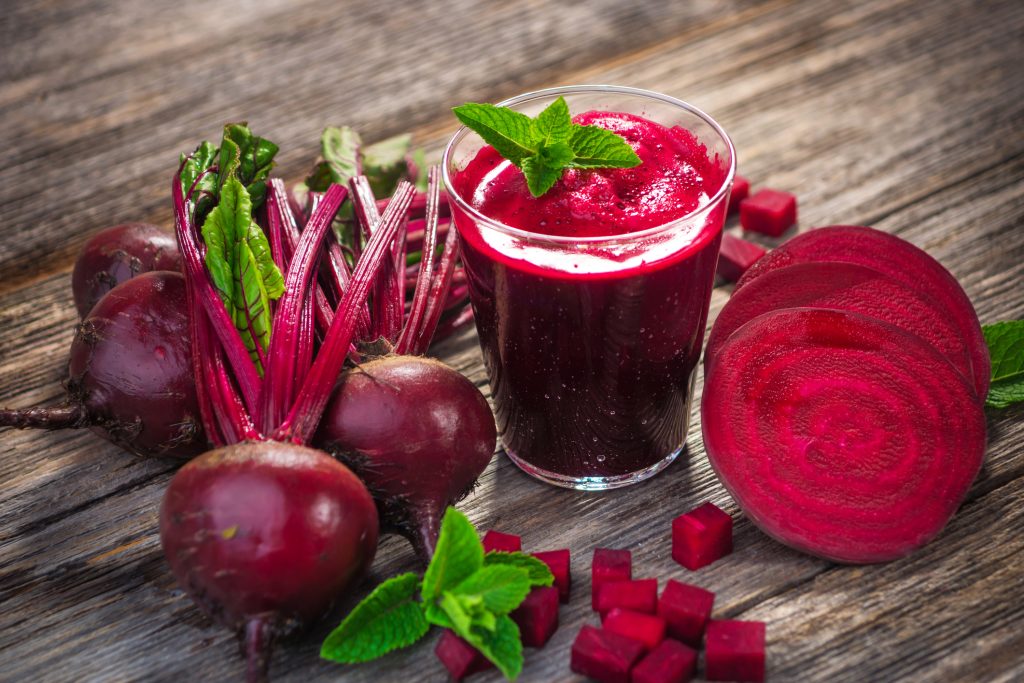
5. Purple foods prevent urinary tract infections
Vegetables such as purple cauliflower, purple carrots and purple cabbage contain the same plant pigment, anthocyanin, that is responsible for the UTI-fighting power of cranberries. Lab studies show that anthocyanin compounds fight H. pylori, the bacteria that promotes stomach ulcers and urinary tract infections.
6. Purple foods help keep you young
Purple foods are rich in anthocyanins, free radical-fighting antioxidants that can help improve memory, remove toxins and assist with healthy ageing. Berries and dark chocolate are particularly rich sources. Foods such as figs and purple carrots are also revered for their ability to protect against macular degeneration and promote weight loss and fertility.
7. Purple foods reduce inflammation
Polyphenol-containing foods, such as black olives, plums and prunes, help fight inflammation, which is believed to be the root cause of chronic conditions such as heart disease, diabetes, arthritis and immune dysfunction.
8. Purple foods help you get your glow on
Monoterpenes-rich foods, such as cherries and lavender, promote blood circulation and reduce the effects of insomnia, anxiety, migraines and depression. Lavender essential oil, which contains the phytonutrient perillyl alcohol, has strong anti-fungal and antiseptic properties and can be used to treat skin ailments such as psoriasis, acne, wrinkles, cuts and burns.
9. Purple foods are good for the brain
A 2003 study published in the Archives of Pharmacia Research showed the memory-enhancing effects of eating purple sweet potatoes. Other research points to the ability of anthocyanins to help prevent age-related decline in the nervous system. And anthocyanins are able to cross the blood-brain barrier and localize inside brain regions involved in learning and memory.
With that many healthy benefits going for you, try adding a rainbow colour of the fruits and vegetables to your next meal!
SEEDS AND SHORES have a host of purple produce ranging from purple carrots, purple cauliflower, purple sweet potatoes, purple cabbage, purple brussels sprouts, beetroot, red or black grapes and red raddish. You can find them at AEON, Jaya Grocer and Village Grocer Supermarkets.
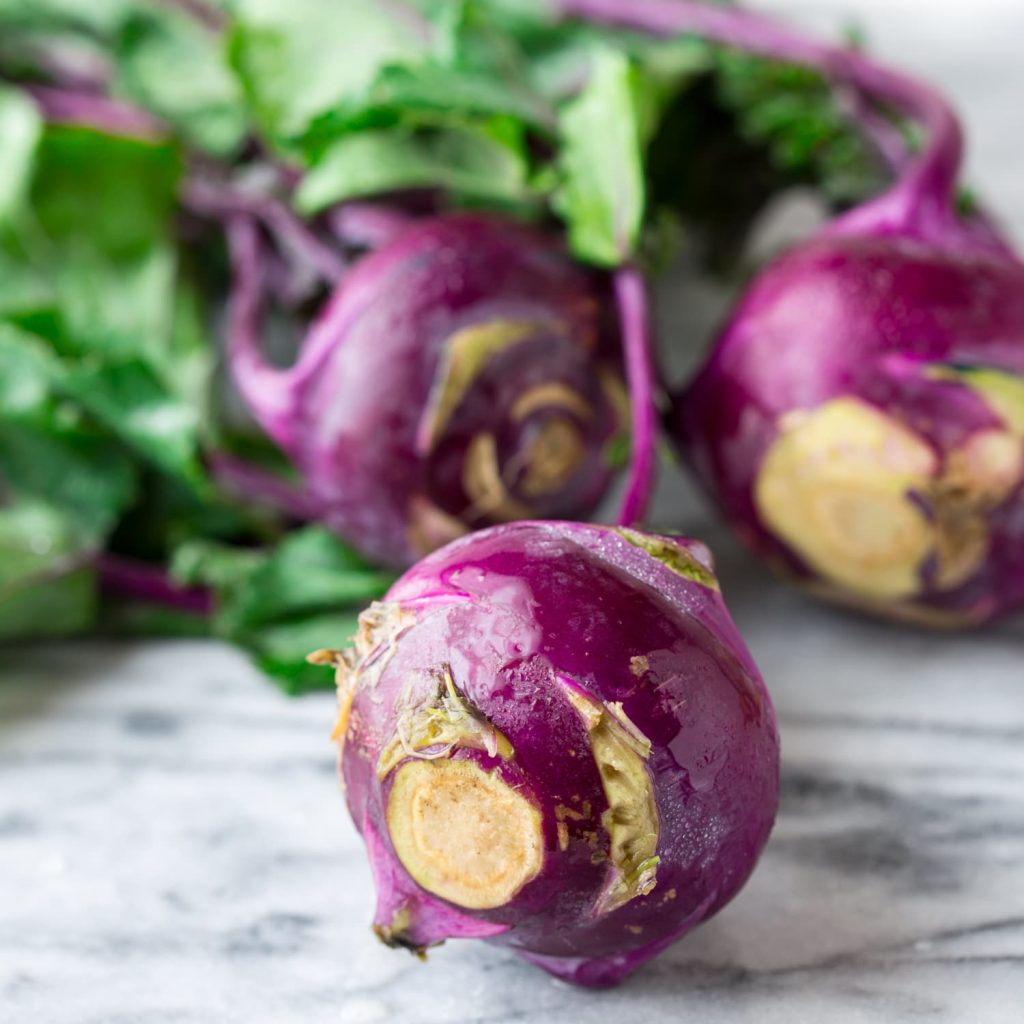
- ,
- , Diet, Salads & Stems